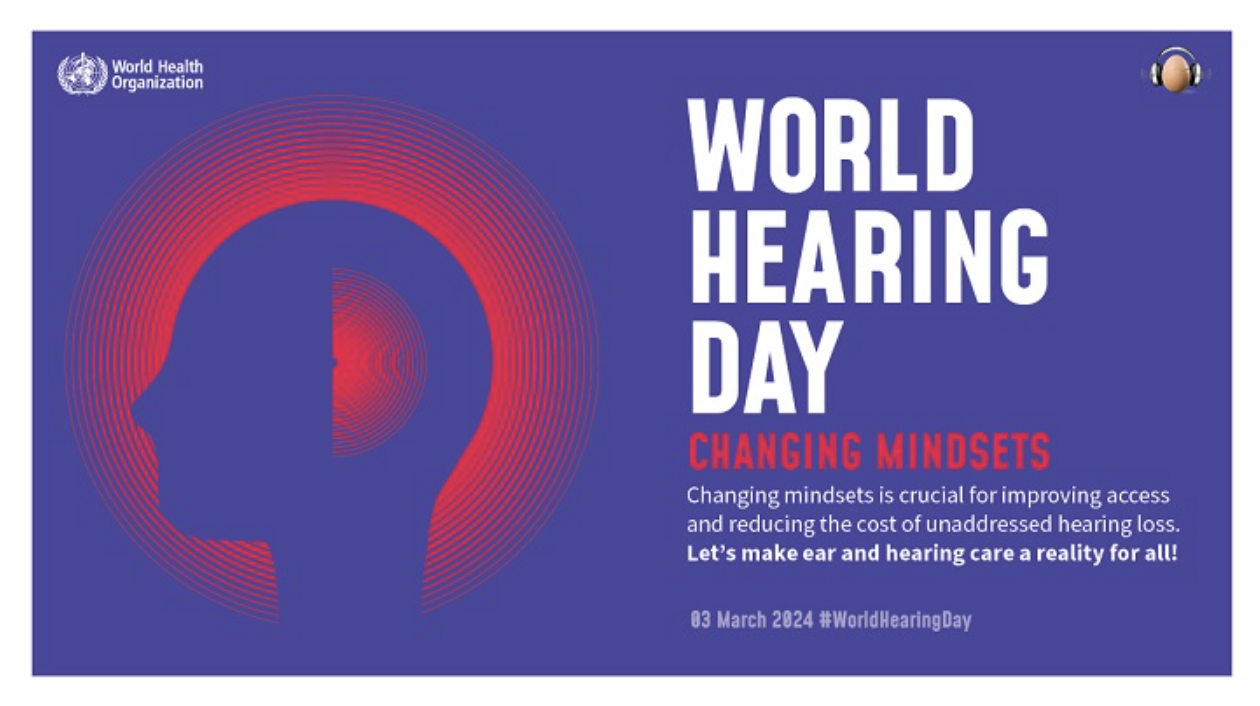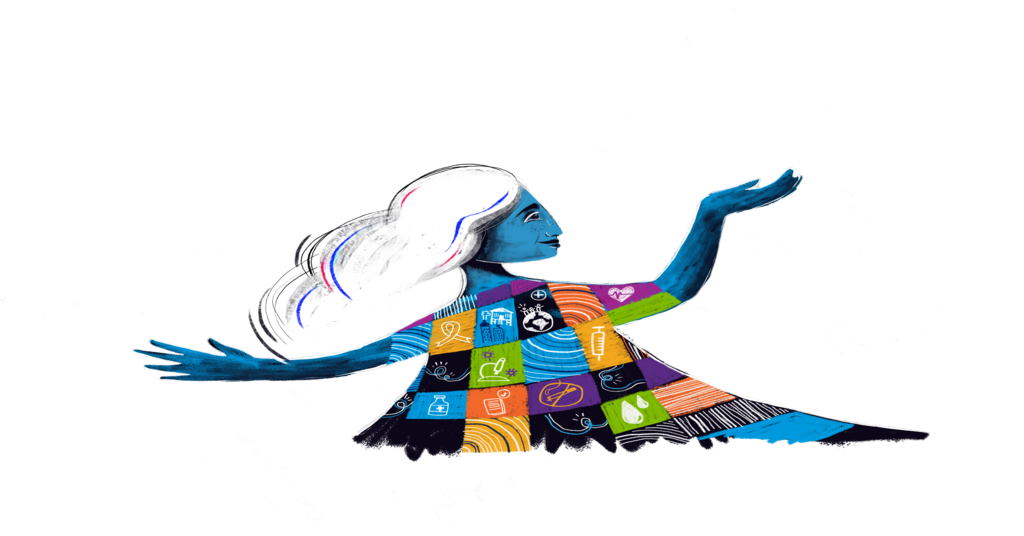
Keith Nolan: Fighting to serve as a deaf soldier
February 15, 2019
Community learns sign language for deaf two year old
February 19, 2019Watch: Life as a Pre-Teen with Unilateral Hearing Loss

When Phoebe was born with hearing loss in one ear, doctors told her parents that she would be fine, but Phoebe’s parents didn’t believe that only hearing from one ear was good enough. Determined to help their daughter hear the best she could, they went on a mission to find her the best hearing solution for her unilateral hearing loss.
When you first meet Phoebe, a peppy 11-year-old with curly brown hair and an enthusiastic personality, you would probably be surprised to learn that she has hearing loss.
So were her parents.
“You looked totally perfect, so we were totally surprised,” Alex Lipton tells her daughter in a new YouTube video series about her hearing loss journey.
Like many families, the Lipton’s had no history of hearing loss when Phoebe was born. Alex and her husband, Elliot, already had a healthy daughter and son before Phoebe was born in 2007, and when doctors told them their third child failed her Newborn Hearing Screening in her left ear, they were “completely shocked.”
But they were also shocked about the doctor’s response.
“The doctor told us that you only had hearing loss in your left ear, and that your right ear was good, so you’d be absolutely fine,” Alex says.
Finding a solution for Unilateral Hearing Loss in kids
Phoebe was born just one year after the Newborn Hearing Screening was introduced in the UK, and while the test is now able to identify most congenitally deaf children, the solutions for better hearing aren’t always clear for families.
In Phoebe’s case, her unilateral hearing loss – a type of hearing loss where there is normal hearing in one ear and impaired hearing in the other ear – did not fullfill the NHS criteria for receiving a hearing aid. Her doctor’s also believed that her speech would progress normally, as she had hearing in the right ear.
Alex and Elliot, though, weren’t so sure.
“We always felt that if you had two ears, if there was any hearing there, we wanted to try to make the most of it to give you the best start in life,” Elliot says in the video. “It didn’t seem to us that the doctors were always thinking about you as a child.”
So, they did what any concerned parent would do: Push for what they believed was best for their little baby.
An audiologist’s view on UHL in kids
After an auditory brainstem responses test suggested Phoebe had normal hearing in the right ear and a moderate to severe sensorineural hearing loss (SNHL) in her left ear, Alex and Elliot requested an audiological opinion on possible cause of her unilateral hearing loss and options for managing it.
Read more: Solutions for Single-Sided Hearing Loss
Despite doctors telling them their daughter would hear normally with one ear, Alex and Elliot noticed Phoebe was less responsive to sounds than her siblings and more easily startled when someone entered the room.
That’s when they met with an auditory verbal therapist and then a pediatric audiologist, who recommended that Phoebe receive amplification, and at 10-months-old she received her first little, pink Phonak hearing aid.

Phoebe’s first Phonak hearing aid
A hearing aid for Unilateral Hearing Loss
Phoebe responded well to life with her hearing aid.
“Phoebe tolerated the aid well and did not attempt to remove it or show discomfort with raised sound levels,” her audiologist, Dr. Marriage says.
At one year, Phoebe started to develop vocalizations with babble consonants and stopped using her baby sign language once she developed speech.
At 20 months of age, Phoebe had a vocabulary of around 50 words that were intelligible to her family, but her single-sided hearing loss was still causing some issues, especially in determining where a sound was coming from.
“She was understanding simple instructions at home from both the right and left sides, however she could not always localize the direction that somebody was talking from,” Dr. Marriage says.
Still, Phoebe persisted, with speech therapy and the use of hearing aid accessories in the classroom. She was progressing well, until she was around 8-years-old.
How hearing loss can evolve in kids

Growing up with hearing loss
The cause of Phoebe’s hearing loss was not clear at first, but doctors did discover an enlarged vestibular aqueduct in her left ear, which raised the possibility that her hearing on the left side might fluctuate, and possibly deteriorate, her audiologist worried.
When she reached middle school, it became more apparent that her hearing loss was changing, and one day at school, Phoebe had an episode that she described as “blurry hearing” and she started to lose hearing in her ‘good’ right ear, and her left ear deteriorated further.
Dr. Marriage advised them to fit Phoebe with an open fit hearing aid with an integrated radio receiver with an integrated radio receiver to address the changes in her previously normally-hearing right ear.
Phoebe’s hearing in the left ear continued to get worse, and with the uncertainty of the hearing in her right ear, her family was offered another solution: fit Phoebe with a cochlear implant.
Cochlear implants for UHL in kids
The decision to get a cochlear implant can be more overwhelming than a hearing aid, since it requires surgery to fit the electronic medical device into the inner ear, but after attending a Cochlear Implant Information day at the Ear Foundation and meeting other kids at the Cochlear Implanted Children’s Support Group, Phoebe’s family – and mostly Phoebe – decided that getting a cochlear implant was the right decision for her.
In April 2017, at 9-and-a-half years old, Phoebe received a cochlear implant in her left ear.
Read more: Choices of hearing solutions are unique as your child
“Phoebe reported that it sounded like normal speech after only one day,” Dr. Marriage says. “Even after only a few weeks of use she said the implant was, ‘Worth it 100 times over!’”
Now, Phoebe is thriving in school, including in speech and dictation. She even listens to music through her cochlear implant, without any apparent distortion.
“Do you remember when I said to you that no one will ever understand the difference (my hearing technology) has made in my life?” Phoebe asks her parents in the YouTube video.
“I will definitely never forget those words, Phoebe,” Alex replies “… you were so much less tired, you were happier coming out of school, and you just literally stopped and said, ‘I can’t believe the difference this has made for me. No one will ever quite understand.’”
“It was amazing,” Phoebe agrees.



